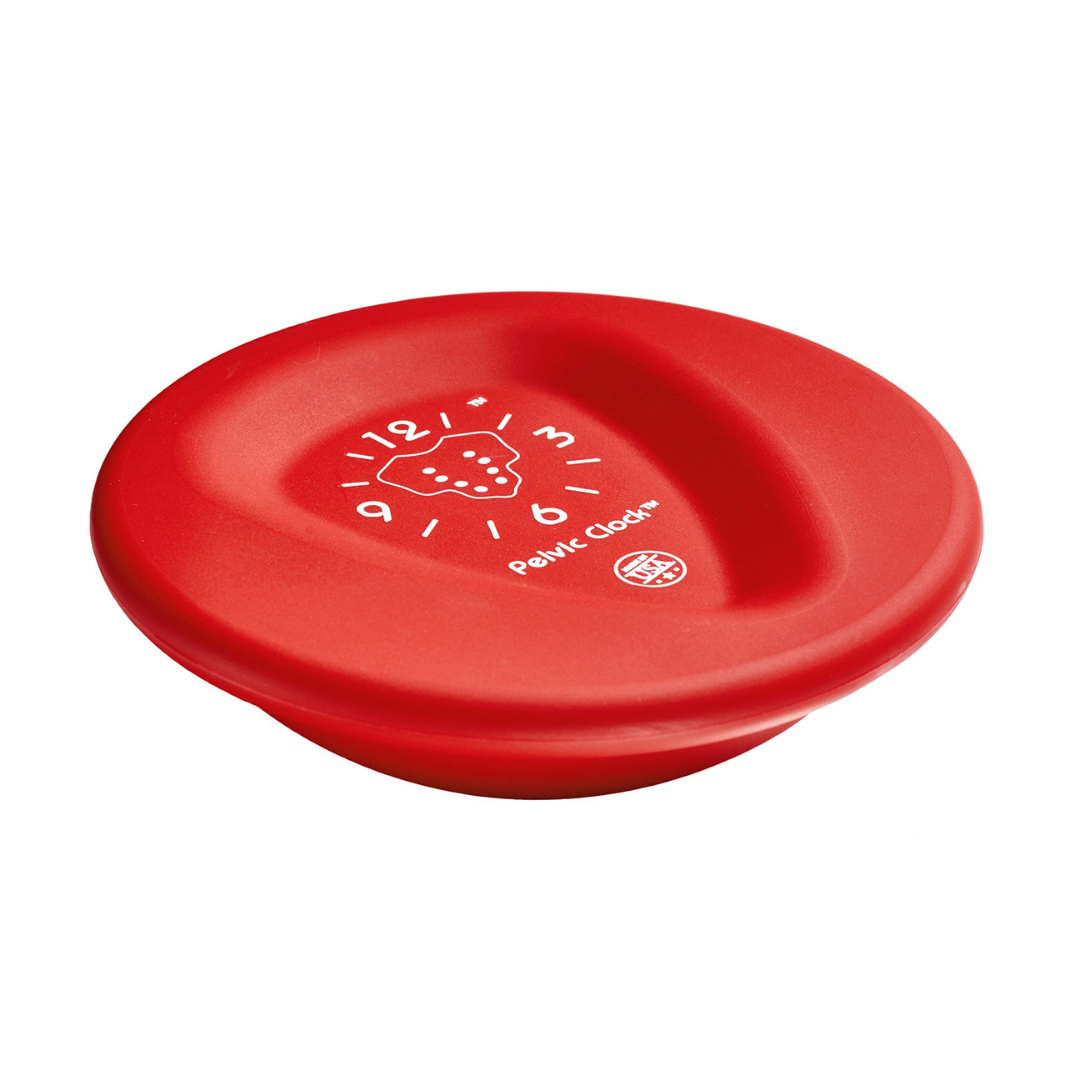Glossary
Glossary of Pelvic Clock® exercise device website contains medical terms related to chronic hip and lower back pain.
Coccyx: The “tailbone”; a small bone located at the base of the spine that usually consists of four fused vertebrae below the sacrum.
Hip Bone: A large bone that consists of three bones fused together—the ilium, pubic bone, and ischium; connected to the sacrum at the sacroiliac joint.
Hip Joint: The ball-and-socket joint formed by the head of the femur and the cup-shaped cavity of the hip bone.
Ilium: The largest of the three fused bones that comprise the hip bone.
Lumbar Lordosis: The inward curvature of the lower back. Excess curvature is called hyperlordosis.
Lumbar Vertebrae: The five vertebrae between the rib cage and the pelvis (L1-L5).
Pelvic Girdle: Also referred to as the bony pelvis; a basin-shaped complex of bones that connects the spine to the lower body.
Pelvis: Consists of the two hip bones, sacrum, and coccyx; absorbs stress while providing stability in movement.
Psoas major: One of two important muscles in the iliopsoas group running along the lumbar vertebrae; the most powerful hip flexor and a lower back stabilizer. The psoas major and the iliacus are the two muscles of the iliopsoas group.
Sacroiliitis: An inflammation of one or both of sacroiliac joints—the places where the lower spine and pelvis connect. Sacroiliitis can cause pain in the buttocks or lower back, and may even extend down one or both legs. Sacroiliitis can be difficult to diagnose, because it may be mistaken for other causes of lower back pain. It has been linked to a group of diseases that cause inflammatory arthritis of the spine.
Sacroiliac Joints: A pair of joints between the sacrum and the ilium. They can become inflamed (see sacroiliitis), causing pain in the lower back and buttocks.
Sacrum: A large, generally triangular bone at the base of the spine between the two hip bones. In adults, it usually consists of five fused vertebrae, connecting the spine to pelvis.
Sciatica: Pain that radiates along the path of the sciatic nerve, which branches from the lower back through the hips and buttocks and down each leg. Typically, sciatica affects only one side of the body. It most commonly occurs when a herniated disk or a bone spur on the spine compresses part of the nerve, causing inflammation, pain, and often some numbness in the affected leg.
Scoliosis: A sideways curvature of the spine.
Spinal Stenosis: A narrowing of the open spaces within the spine, which can put pressure on the spinal cord and the nerves that are housed within. Spinal stenosis occurs most often in the neck and lower back, and can cause pain, numbness, and muscle weakness. Spinal stenosis is most commonly caused by wear-and-tear related to aging. In severe cases, doctors may recommend surgery to create additional space for the spinal cord or nerves.



